Planting and Harvesting Melons: Your Guide to a Juicy Summer Bounty
Planting and harvesting melons might seem daunting, conjuring images of sprawling vines and elusive ripe fruit. But I’m here to tell you it’s far more achievable than you think! This guide is packed with simple, effective DIY tricks and hacks to help you cultivate a delicious harvest right in your own backyard. Forget expensive, tasteless supermarket melons; I’ll show you how to grow your own juicy, sun-ripened perfection.
For centuries, cultivating melons has been a source of pride and sustenance for communities around the world. From the ancient Egyptians who depicted melons in their artwork to the modern-day home gardener, the sweet reward of a homegrown melon is universally appreciated. The satisfying crunch and burst of flavor are simply unmatched.
Why Grow Your Own Melons?
There’s something incredibly rewarding about nurturing a plant from seed to succulent fruit. Beyond the delicious taste, growing your own melons allows you to control the quality and freshness, ensuring you’re enjoying melons at their peak ripeness. You’ll also avoid the pesticides and preservatives often found in commercially grown produce. Plus, the sheer satisfaction of biting into a melon you’ve grown yourself is an experience unlike any other!
This article will cover everything from selecting the right melon variety and preparing your soil to the crucial techniques for planting and harvesting melons. We’ll explore simple DIY solutions for common problems, ensuring your journey from seed to sweet, juicy melon is a successful and enjoyable one. Get ready to transform your garden into a melon paradise! Let’s dive into the world of Planting and Harvesting Melons and unlock the secrets to a bountiful harvest.
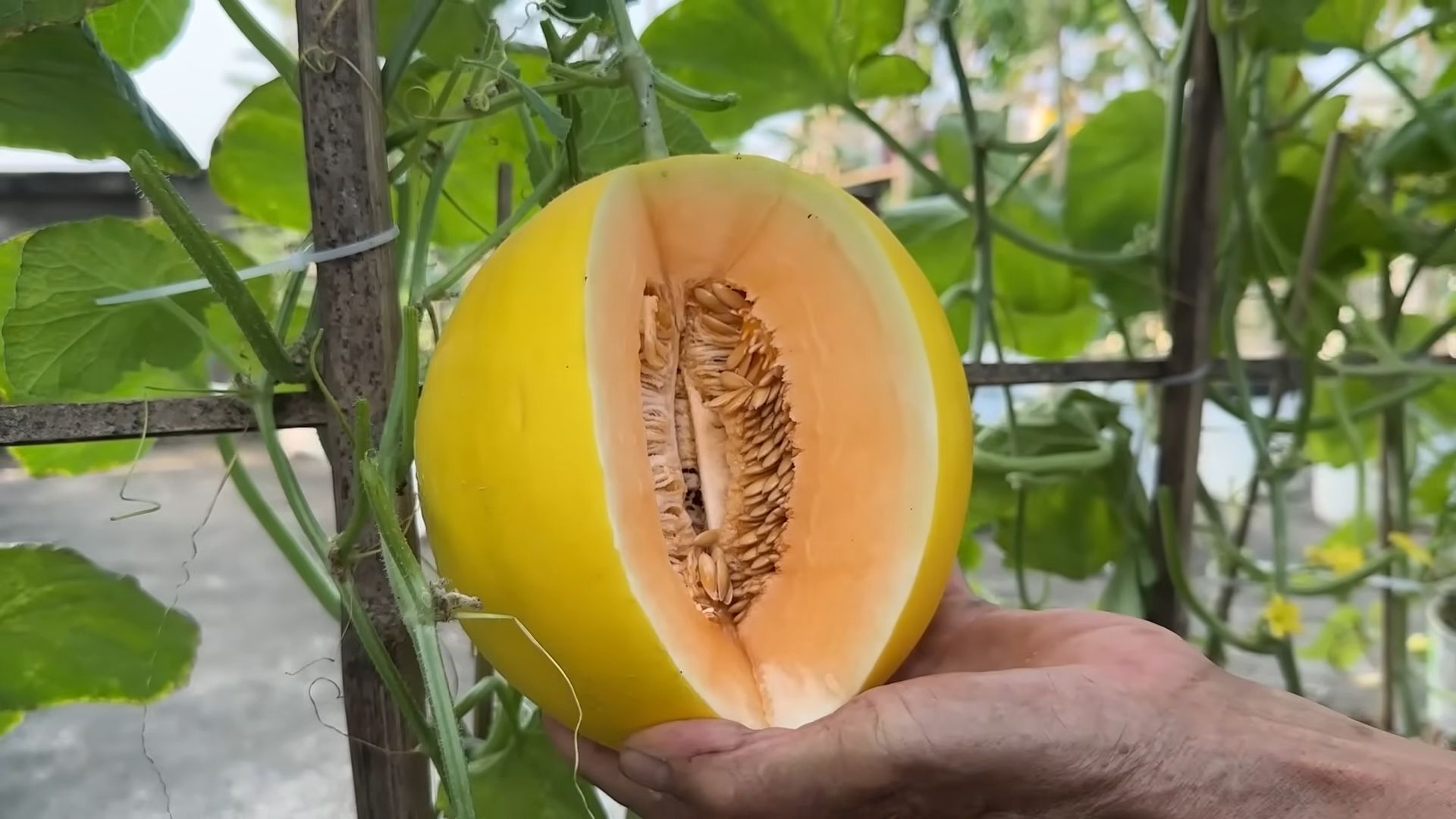
Planting and Harvesting Melons: A Complete Guide
Growing your own melons is incredibly rewarding! This guide will walk you through the entire process, from planting the seeds to enjoying the sweet fruits of your labor. Let’s get started!
Choosing Your Melon Variety and Location
- Select your melon type: There’s a wide variety to choose from – watermelons, cantaloupes, honeydews, muskmelons – each with its own unique flavor and growing requirements. Consider your climate and personal preferences when making your selection. Research the days to maturity for each variety to ensure you have enough growing season.
- Sunlight is key: Melons need at least six to eight hours of direct sunlight daily. Choose a sunny spot in your garden with well-drained soil. Avoid areas prone to frost or strong winds.
- Soil preparation: Melons thrive in loose, fertile soil. Amend heavy clay soil with compost or other organic matter to improve drainage and aeration. Test your soil’s pH; melons prefer slightly acidic to neutral soil (pH 6.0-7.0).
- Space considerations: Melons are sprawling plants. Allow ample space between plants, depending on the variety. Check the seed packet or plant tag for recommended spacing. You might need to build a trellis or use other support structures for some varieties.
Planting Your Melon Seeds
- Start seeds indoors (optional): For an earlier harvest, start seeds indoors 2-4 weeks before the last expected frost. Use seed starting mix and small pots. Keep the soil moist but not soggy.
- Direct sowing: Alternatively, you can directly sow seeds outdoors after the last frost. Plant seeds about an inch deep and a few inches apart. Thin seedlings to the recommended spacing once they have a few true leaves.
- Watering: Water gently after planting, ensuring the soil is consistently moist but not waterlogged. Overwatering can lead to root rot.
- Protecting seedlings: Young melon plants are vulnerable to pests and diseases. Consider using row covers to protect them from frost, insects, and birds.
Melon Plant Care
- Watering consistently: Water deeply and regularly, especially during dry periods. Consistent moisture is crucial for fruit development. Mulching around the plants helps retain soil moisture and suppress weeds.
- Fertilizing: Feed your melon plants with a balanced fertilizer according to package directions. Avoid over-fertilizing, which can lead to excessive foliage at the expense of fruit production.
- Pest and disease control: Regularly inspect your plants for signs of pests or diseases. Address any issues promptly using appropriate organic or chemical controls. Good air circulation can help prevent fungal diseases.
- Pollination: Many melon varieties require pollination by bees or other insects. Ensure your garden attracts pollinators by planting flowers that attract them. Hand-pollination might be necessary in some cases, especially if there are few pollinators.
- Support structures (if needed): For vining varieties, provide support structures like trellises or stakes to keep the plants off the ground and improve air circulation. This also prevents rotting fruit.
Harvesting Your Melons
- Knowing when to harvest: The best time to harvest melons depends on the variety. Look for signs of ripeness, such as a change in color, a sweet aroma, and a slight give when gently squeezed. Check the seed packet or plant tag for specific harvesting guidelines.
- Harvesting techniques: Use a sharp knife or pruning shears to carefully cut the melon from the vine, leaving a short stem attached. Avoid pulling or twisting the melon, which can damage the plant.
- Handling harvested melons: Handle harvested melons gently to avoid bruising. Store them in a cool, dry place. Some melons will ripen further after harvesting.
Troubleshooting Common Melon Growing Problems
Poor Fruit Set
This can be due to insufficient pollination, improper fertilization, or unfavorable weather conditions. Ensure adequate pollination, use a balanced fertilizer, and protect plants from extreme weather.
Powdery Mildew
This fungal disease appears as a white powdery coating on leaves. Improve air circulation, avoid overhead watering, and consider using a fungicide if necessary. Organic options include baking soda solutions.
Downy Mildew
Another fungal disease, downy mildew causes yellowing and browning of leaves. Similar to powdery mildew, good air circulation and avoiding overhead watering are crucial. Fungicides may be necessary for severe infestations.
Insect Pests
Aphids, squash bugs, and other insects can damage melon plants. Regularly inspect plants and use appropriate pest control methods, including insecticidal soap or neem oil.
Remember:
Patience is key when growing melons. It takes time and effort, but the reward of enjoying fresh, homegrown melons is well worth it! Don’t be discouraged if you encounter challenges along the way. Learn from your experiences and keep trying. Happy gardening!
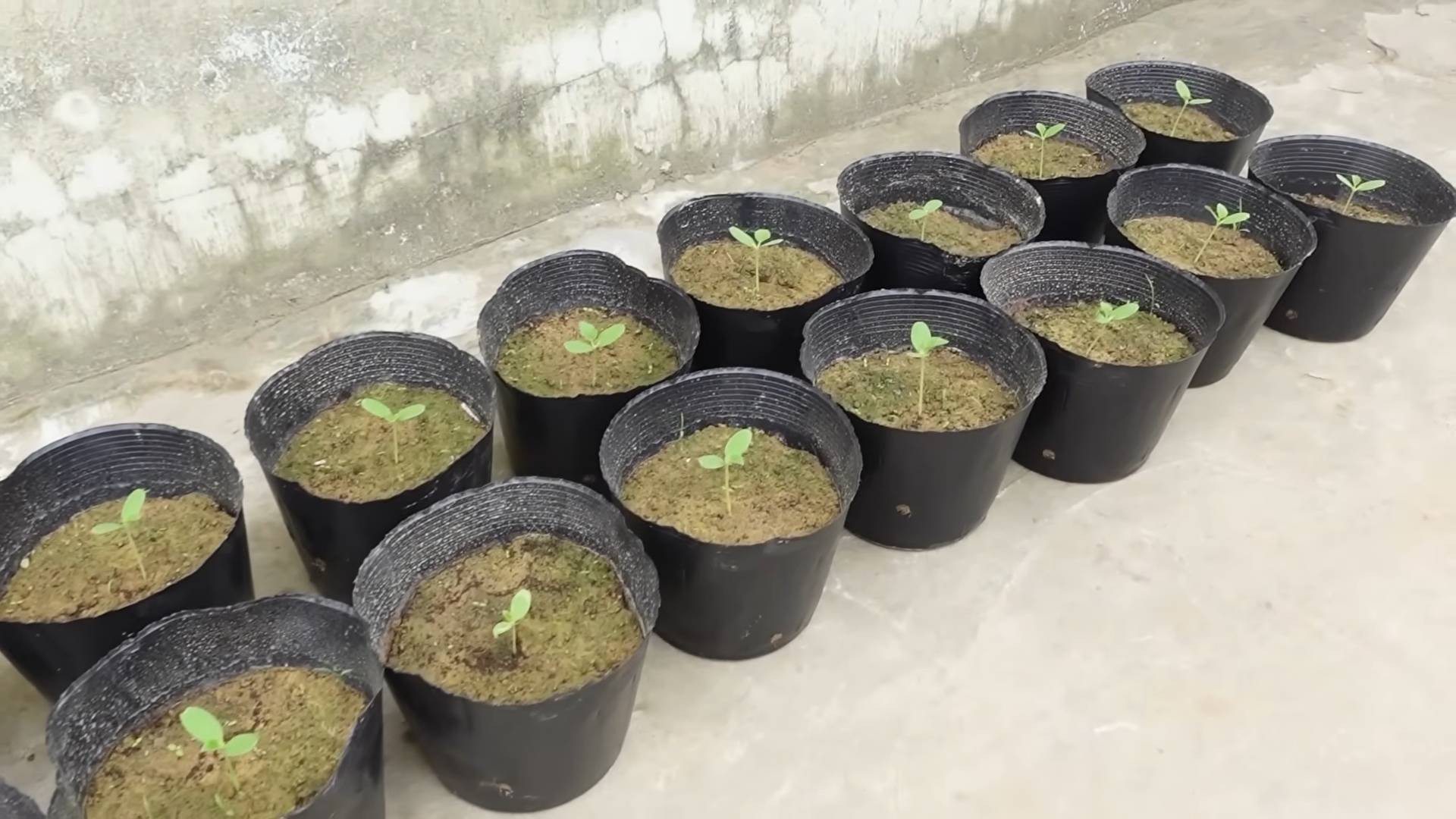
Conclusion
So there you have it – your guide to successfully planting and harvesting your own delicious melons! This DIY approach to growing melons offers a rewarding experience that goes far beyond simply buying them from the store. You’ll not only savor the unparalleled taste of homegrown melons, bursting with sunshine and flavor, but you’ll also gain a deeper appreciation for the process of nurturing life from seed to harvest. The satisfaction of biting into a perfectly ripe melon, knowing you cultivated it with your own hands, is truly unparalleled. This isn’t just about growing fruit; it’s about connecting with nature and enjoying the fruits – quite literally – of your labor. The initial investment of time and effort is minimal compared to the abundance of sweet, juicy rewards you’ll reap. Mastering the art of planting and harvesting melons opens up a world of culinary possibilities, from refreshing summer salads to decadent desserts. This simple yet effective DIY trick is a must-try for anyone with even a small patch of land or a sunny balcony.
Beyond the basic techniques outlined, there’s a whole world of possibilities to explore. Experiment with different melon varieties – from classic watermelons and cantaloupes to more exotic options like honeydew or even the intriguing Galia melon. Consider companion planting; certain herbs and flowers can deter pests and improve soil health, benefiting your melon plants. If space is limited, explore vertical gardening techniques to maximize your yield. For those with less sunlight, consider using grow lights to supplement natural light, especially during the crucial seedling stage. Don’t be afraid to get creative and adapt the techniques to your specific environment and preferences. The beauty of this DIY approach is its adaptability; it can be tailored to suit various gardening styles and skill levels.
We strongly encourage you to embark on this rewarding journey of growing your own melons. Share your experiences with us! Post pictures of your thriving melon plants and your bountiful harvest on social media using #DIYMelonHarvest. We’d love to see your success stories and learn from your experiences. Let’s build a community of home gardeners, sharing tips, tricks, and the joy of harvesting the sweetest, most flavorful melons you’ve ever tasted. Remember, the journey from seed to succulent slice is a rewarding one, filled with the satisfaction of nurturing life and the delicious reward of a homegrown harvest. So, grab your seeds, get your hands dirty, and prepare to be amazed by the results of your own DIY melon planting and harvesting project. This is more than just a recipe; it’s an experience.
Frequently Asked Questions
What type of soil is best for growing melons?
Melons thrive in well-drained, fertile soil with a slightly acidic to neutral pH (6.0-7.0). Amend heavy clay soils with compost or other organic matter to improve drainage. Sandy soils may benefit from the addition of organic matter to retain moisture.
How much sunlight do melon plants need?
Melons are sun-worshippers! They need at least 6-8 hours of direct sunlight per day to produce a good crop. Choose a sunny location in your garden or ensure adequate sunlight if growing in containers.
When is the best time to plant melon seeds?
The best time to plant melon seeds depends on your climate. Wait until the soil has warmed up to at least 60-70°F (15-21°C) and all danger of frost has passed. In many regions, this is typically after the last frost in spring.
How often should I water my melon plants?
Water your melon plants regularly, especially during dry periods. Aim for consistent moisture, but avoid overwatering, which can lead to root rot. Water deeply at the base of the plants, avoiding wetting the foliage.
How do I know when my melons are ripe?
The ripeness of melons varies depending on the variety. Generally, ripe melons will have a deep color, a sweet aroma, and a slight give when gently squeezed. The stem will often detach easily from the vine when the melon is ready for harvest.
What are some common pests and diseases that affect melons?
Melons can be susceptible to various pests and diseases, including aphids, squash bugs, powdery mildew, and downy mildew. Regularly inspect your plants for signs of infestation or disease and take appropriate measures, such as using insecticidal soap or fungicides, if necessary. Prevention is key – ensure good air circulation and avoid overhead watering.
Can I grow melons in containers?
Yes, you can grow melons in containers, but choose large containers (at least 15-20 gallons) to accommodate their root systems. Ensure the containers have adequate drainage holes. Bush varieties of melons are generally better suited for container gardening.
What should I do with my harvested melons?
Enjoy your homegrown melons immediately for the best flavor! You can also store ripe melons at room temperature for a few days or in the refrigerator for up to a week. Consider making melon preserves, jams, or other delicious recipes to preserve your harvest for longer.
My melon plants are not producing fruit. What could be wrong?
Several factors can affect melon fruit production, including insufficient sunlight, inadequate pollination (hand-pollination may be necessary), nutrient deficiencies, or pest infestations. Review the growing conditions and address any potential issues.
Where can I find high-quality melon seeds?
High-quality melon seeds can be purchased from reputable garden centers, online retailers specializing in seeds, or from local farmers’ markets. Look for seeds that are specifically suited to your climate and growing conditions.

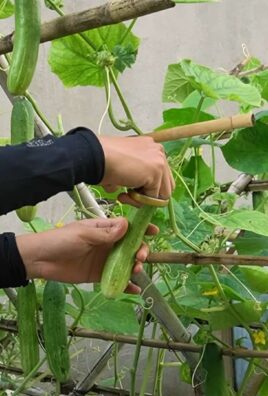
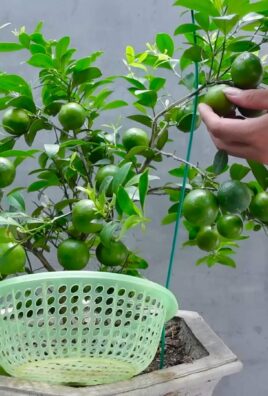
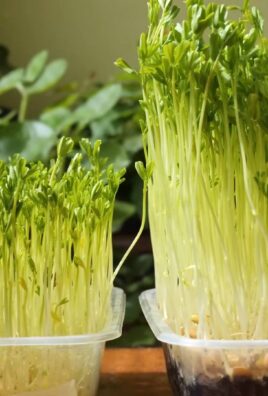
Leave a Comment